Another Jose, this time from Haku Tours picked me up at 9 am and we walked through Miraflores to the hotel where Michelle the other person on the shanty town tour was staying. At least I saw a bit of Miraflores and got an orientation.
Then off to Villa El Salvador, one of Lima's many shanty towns. This was where Haku Tours started some 8 years ago.
A doctor may earn US$950 a month, a teacher or policeman would earn half of this but with rent and living costs won't have much left over. Average monthly wage is US$260.
With just 2 people on the tour and light traffic, we made good time driving the 7 kilometres from Miraflores passing through the middle class area before we got to Villa El Salvador we were able to spend some extra unplanned time in one of the local markets. Photos were fine so I was able to get some really close up ones. Having a guide who was part of the community was an added bonus and made the short trip here all that meaningful. Was surprised how clean and non-smelly this market was compared to many others that I have been through.
My memories will be Haku Tours commitment to their social programme of providing a means for the locals to help themselves by giving their time in exchange for say some bricks as oppose to money. An example was the company built a roof over one of the markets, not for the rain as it doesn't rain in Lima, but for protection from the sun. Another was the child care centre they have just finished for only 5 local children.
Jose explained how some of the locals would need to travel over 2 hours a day by local bus to say Miraflores to work a 12 hour day then return home - 6 days a week. Those who were in a house with no water would be up at 4 am to collect the day's water from the water truck before leaving for work at 5 am.
Some were what Jose said were "sharing" electricity, I call it stealing.
The difference between the houses made with brick that had power and water connected to them compared to say their neighbour who did not. It demonstrated how families coming to Lima from the rural areas would be over time progressing from a lean to made from timber and whatever else they could find to a brick house then to a labourers house located closer to the city centre.
Having been to the shanty towns in Rio de Janerio, Brazil (favela) and one in Swakopmund, Namibia, they are all different but had similarities.
We visited Felix Gala, a local 67year old silversmith, but it was his daughter Caramelia who was the brains in ensuring that his products were sold at a fair rate to a "middle man" who in turn would resell it with his margins to a shop. Everyone made their cut. Only wish that the "middle man" was cut out.
My impression is that while these people have million dollars views from their houses and may wish to be living in better conditions but under the circumstances are happy and content with life. Some will move onwards to better houses and closer to their work place, others from the countryside will take their place.
The people living in Miraflores is another world away and represent just a tiny percentage of how Peruvians live.
Then after dropping Michelle off, it was off to a local restaurant for lunch with my new guide Eduar. Now I was a group of one.
Fish served with ocopa sauce over potato.
Had another jug of chicha moada drink having being introduced to this earlier in the morning at the local market by Jose. Its base is black currant and very refreshing.
Villa El Salvador shanty town
Monday, January 04, 2016
 Villa El Salvador, Lima, Peru
Villa El Salvador, Lima, Peru
Other Entries
-
52Santa Clara > Vinales
Dec 305 days prior Viñales, Cubaphoto_camera62videocam 0comment 0
Viñales, Cubaphoto_camera62videocam 0comment 0 -
53Underwater @ Cayo Levisa
Dec 314 days prior Cayo Levisa, Cubaphoto_camera41videocam 0comment 0
Cayo Levisa, Cubaphoto_camera41videocam 0comment 0 -
54Walk or a siesta?
Dec 314 days prior Cayo Levisa, Cubaphoto_camera49videocam 0comment 0
Cayo Levisa, Cubaphoto_camera49videocam 0comment 0 -
55Cigar or a Pina Colada?
Jan 013 days prior Viñales, Cubaphoto_camera57videocam 0comment 0
Viñales, Cubaphoto_camera57videocam 0comment 0 -
56Cueva del Indio
Jan 013 days prior Cueva Del Indio, Cubaphoto_camera29videocam 0comment 0
Cueva Del Indio, Cubaphoto_camera29videocam 0comment 0 -
57Orquideario
Jan 013 days prior Havana, Cubaphoto_camera38videocam 0comment 0
Havana, Cubaphoto_camera38videocam 0comment 0 -
58Barrio Chino de La Habana ~ Chinatown
Jan 022 days prior Havana, Cubaphoto_camera68videocam 0comment 0
Havana, Cubaphoto_camera68videocam 0comment 0 -
59Boulevard San Rafael
Jan 022 days prior Havana, Cubaphoto_camera26videocam 0comment 0
Havana, Cubaphoto_camera26videocam 0comment 0 -
60Calle Obispo
Jan 022 days prior Havana, Cubaphoto_camera32videocam 0comment 0
Havana, Cubaphoto_camera32videocam 0comment 0 -
61Habana Vieja ~ Old Town
Jan 022 days prior Havana, Cubaphoto_camera41videocam 0comment 0
Havana, Cubaphoto_camera41videocam 0comment 0 -
62Museo de la Revolución
Jan 022 days prior Havana, Cubaphoto_camera47videocam 0comment 0
Havana, Cubaphoto_camera47videocam 0comment 0 -
63Sunset down @ the Malecon
Jan 022 days prior Havana, Cubaphoto_camera54videocam 0comment 0
Havana, Cubaphoto_camera54videocam 0comment 0 -
64El pan! El pan!
Jan 031 day prior Havana, Cubaphoto_camera8videocam 0comment 1
Havana, Cubaphoto_camera8videocam 0comment 1 -
65Hotel Nacional
Jan 031 day prior Havana, Cubaphoto_camera36videocam 0comment 0
Havana, Cubaphoto_camera36videocam 0comment 0 -
66Last walk along the Malecón
Jan 031 day prior Havana, Cubaphoto_camera36videocam 0comment 0
Havana, Cubaphoto_camera36videocam 0comment 0 -
67Museo del Chocolate
Jan 031 day prior Havana, Cubaphoto_camera35videocam 0comment 0
Havana, Cubaphoto_camera35videocam 0comment 0 -
68Santiago bound "connection" container
Jan 031 day prior Miraflores, Peruphoto_camera15videocam 0comment 0
Miraflores, Peruphoto_camera15videocam 0comment 0 -
69Villa El Salvador shanty town
Jan 04 Villa El Salvador, Peruphoto_camera91videocam 0comment 1
Villa El Salvador, Peruphoto_camera91videocam 0comment 1 -
70Plaza San Martin
Jan 04later that day Lima, Peruphoto_camera15videocam 0comment 0
Lima, Peruphoto_camera15videocam 0comment 0 -
71Hostal Espana
Jan 04later that day Lima, Peruphoto_camera19videocam 0comment 0
Lima, Peruphoto_camera19videocam 0comment 0 -
72Museo del Convento de San Francisco de Asis deLima
Jan 04later that day Lima, Peruphoto_camera7videocam 0comment 0
Lima, Peruphoto_camera7videocam 0comment 0 -
732015 Birth "Christmas is Jesus" Exhibition
Jan 04later that day Lima, Peruphoto_camera24videocam 0comment 0
Lima, Peruphoto_camera24videocam 0comment 0 -
74Pisco Sour
Jan 04later that day Lima, Peruphoto_camera18videocam 1comment 0
Lima, Peruphoto_camera18videocam 1comment 0 -
75Plaza de Armas
Jan 04later that day Lima, Peruphoto_camera74videocam 0comment 1
Lima, Peruphoto_camera74videocam 0comment 1 -
76Miraflores Cliff Top Walk
Jan 04later that day Lima, Peruphoto_camera56videocam 0comment 0
Lima, Peruphoto_camera56videocam 0comment 0 -
77Farewell Lima, Peru ... Hello Santiago, Chile
Jan 051 day later Lima, Peruphoto_camera19videocam 0comment 0
Lima, Peruphoto_camera19videocam 0comment 0 -
78Sanitago, Chile
Jan 051 day later Santiago, Chilephoto_camera29videocam 0comment 0
Santiago, Chilephoto_camera29videocam 0comment 0 -
7945 mins from touch down to curb side
Jan 073 days later Auckland, New Zealandphoto_camera2videocam 0comment 0
Auckland, New Zealandphoto_camera2videocam 0comment 0 -
80“Cuba in a moment in time” Reflections
Jan 073 days later Auckland, New Zealandphoto_camera32videocam 0comment 2
Auckland, New Zealandphoto_camera32videocam 0comment 2
Comments
2025-05-22
Comment code: Ask author if the code is blank

 Villa El Salvador, Lima, Peru
Villa El Salvador, Lima, Peru

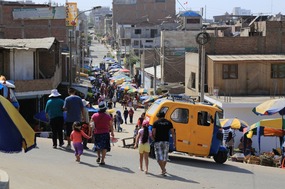
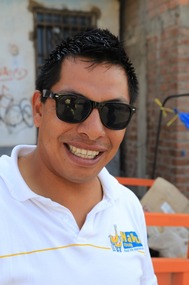
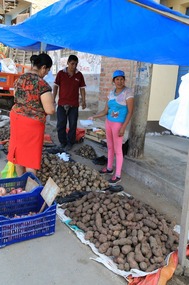

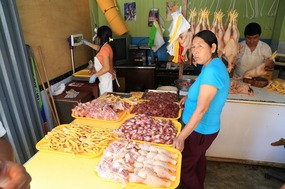
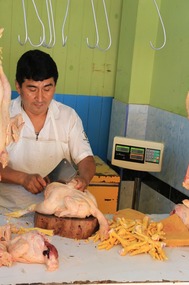
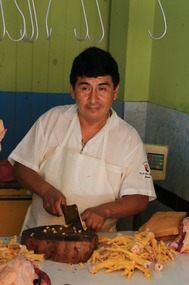
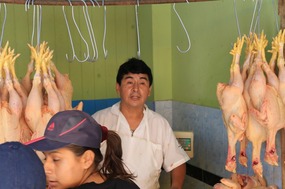
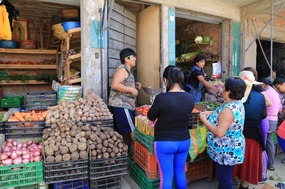
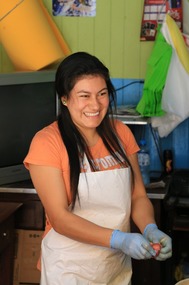
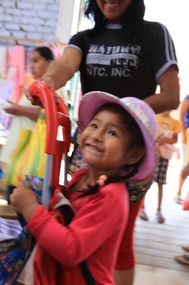
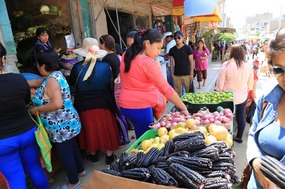
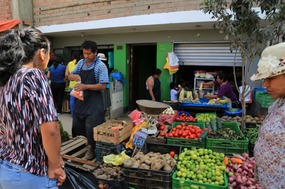
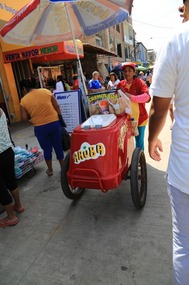
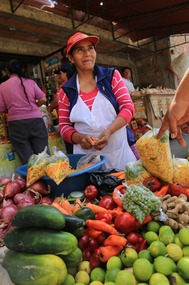
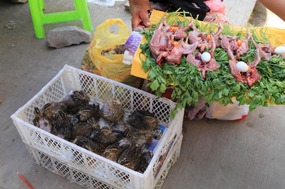

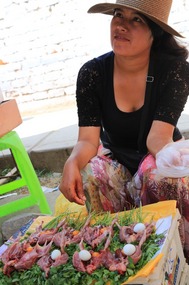
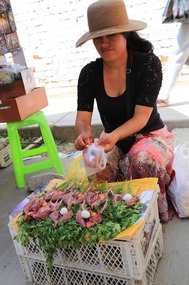


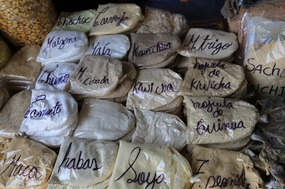
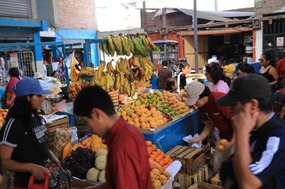
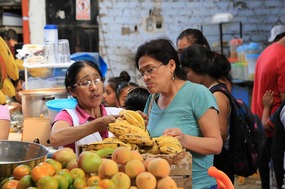
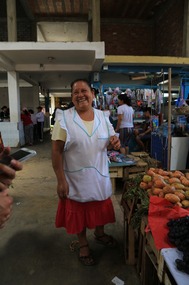
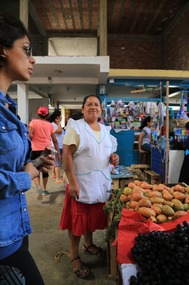

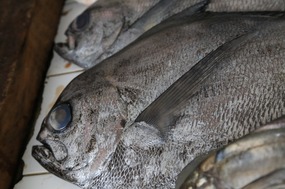
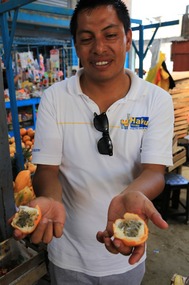
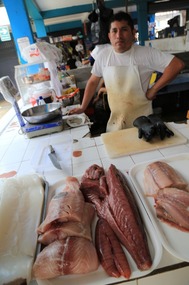

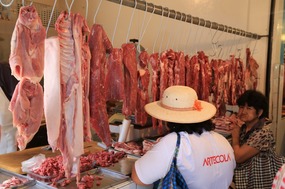
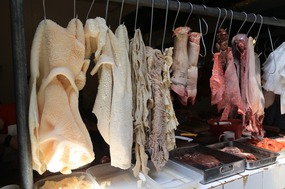
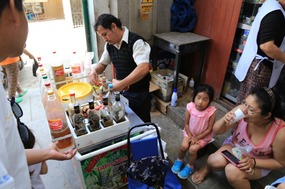

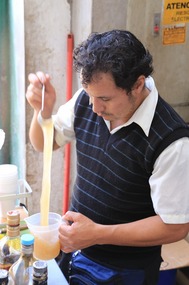
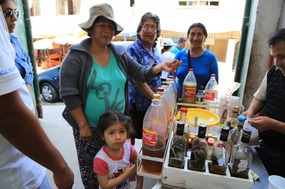
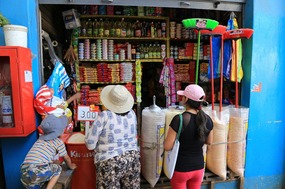
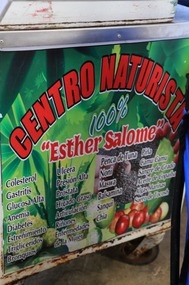
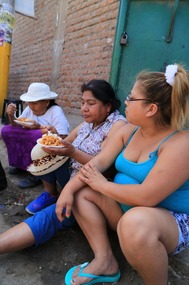

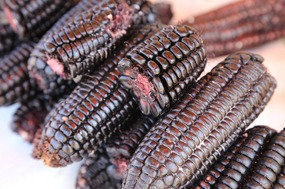
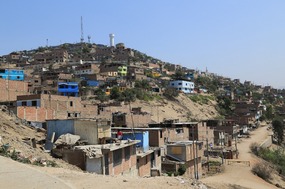
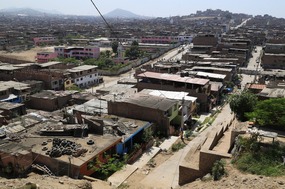
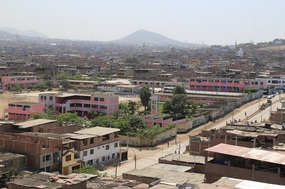
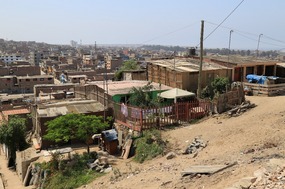
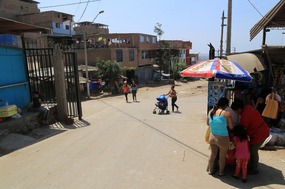
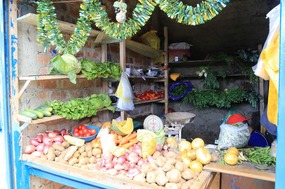
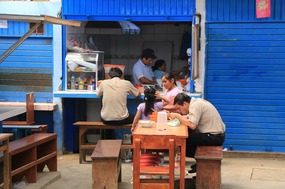
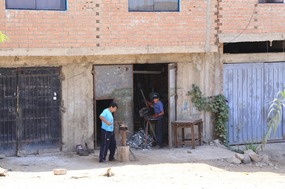
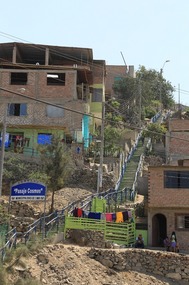
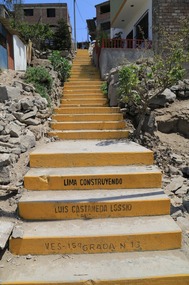
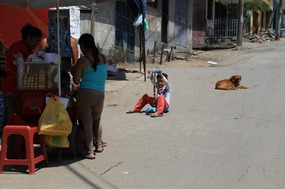
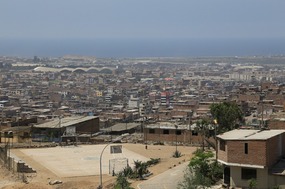
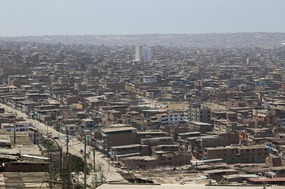
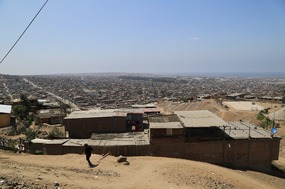
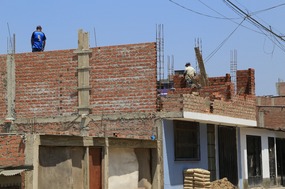
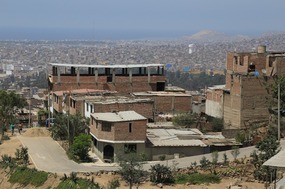
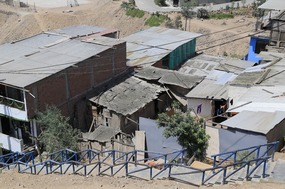
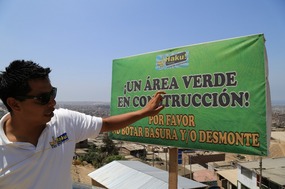

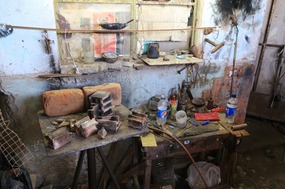
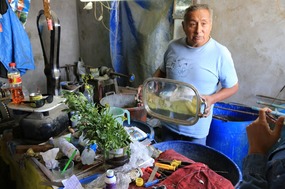
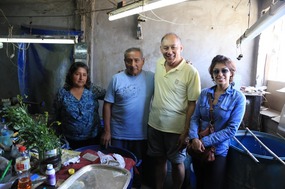
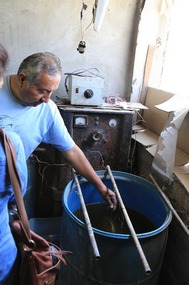
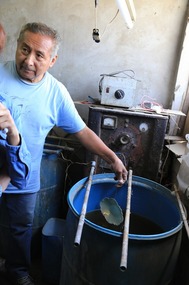
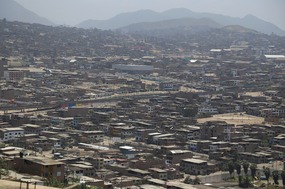
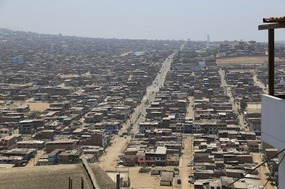
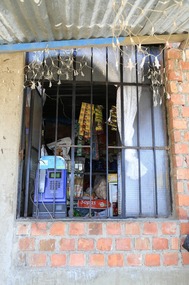
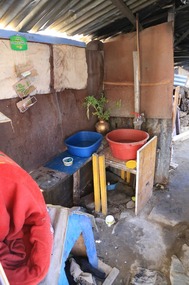

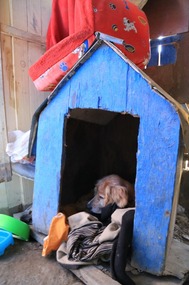
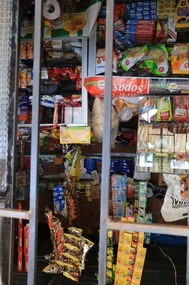
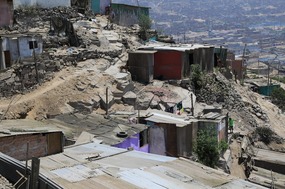
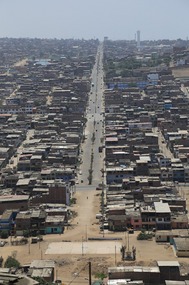
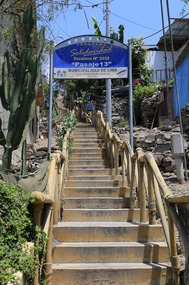
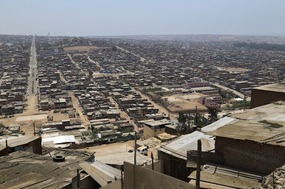
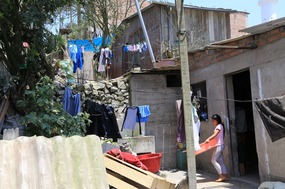
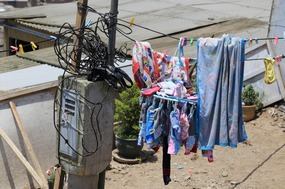
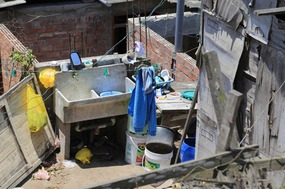
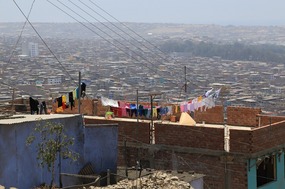
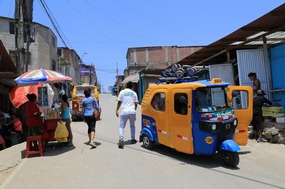
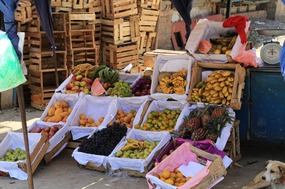
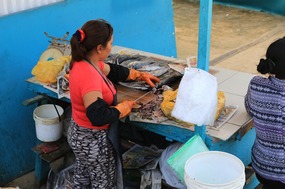
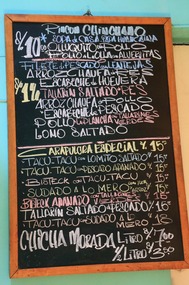

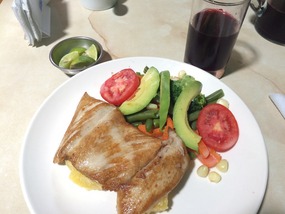
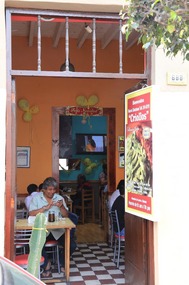





Lucia Rogers
2016-02-04
Very informative introduction Bruce Such human photos I've never seen black corn and the dog looks like my Labador Jack.